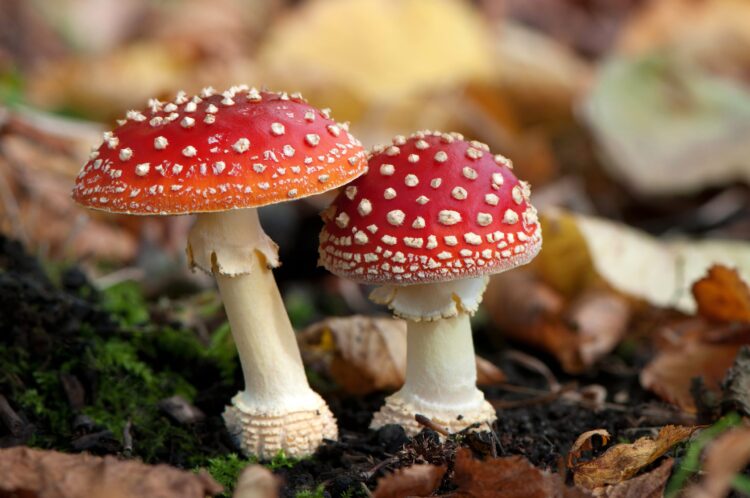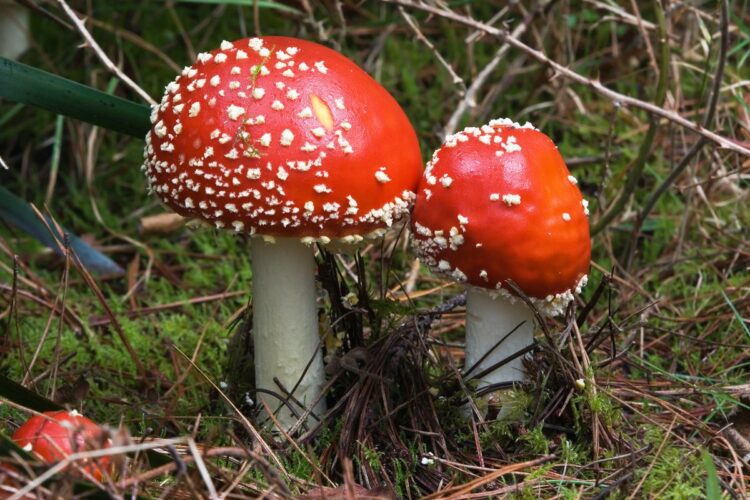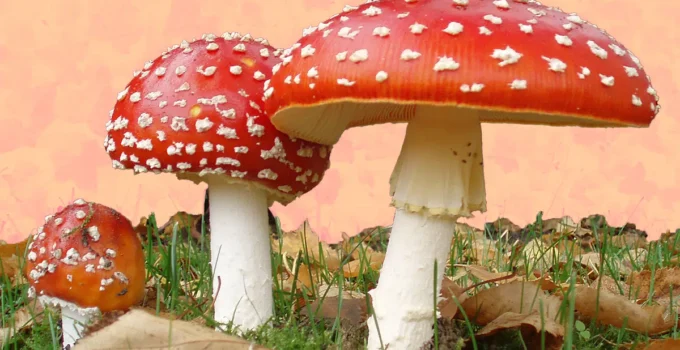Amanita mushrooms, known for their beauty and toxicity, are a significant group in the fungal kingdom. Identifying these mushrooms accurately is crucial for foragers, nature enthusiasts, and anyone interested in mycology. This post will guide you through the key features of Amanita mushrooms, ensuring safe and accurate identification.
Page Contents
Recognizing Mushrooms: Key Characteristics
The Importance of Accurate Identification

Source: vpisglobal.com
It is important to identify mushrooms carefully because they are an edible and extremely dangerous species. If an Amanita is mistaken for an edible species, there might be dangerous outcomes. It is therefore essential for safety to recognize their distinctive traits.
Though appearance varies greatly between species, amanitas are recognized for their unique look. They frequently have gills, a bulbous base on the stem, and a cap. Nevertheless, as many mushrooms that are not Amanitas have similar traits, these qualities by themselves are insufficient for a definitive identification.
Distinctive Features of Amanitas
To accurately identify Amanita mushrooms, it’s essential to examine their distinctive features. The cap is a primary identifier, often showcasing a unique shape and color. It varies from umbrella-shaped to flat or convex, and some of them display warts or remnants of a universal veil, adding to their distinctiveness. The gills, typically white or cream-colored, offer another identification clue. Unlike many mushrooms, the gills in species are usually free from the stem, a key characteristic to note.
The stem and base also provide critical identification markers. These mushrooms often feature a bulbous base, and the stem may exhibit a ring, known as an annulus. Additionally, the base is frequently surrounded by a cup-like structure, the volva, which is a vital feature for accurate identification.
The Role of Habitat and Season

Source: en.wikipedia.org
Habitat and season are crucial in identifying mushrooms. They can be found in various environments, from woodlands to grasslands. They often grow near certain trees, forming symbiotic relationships.
Seasonality also plays a role. Most fruit is in late summer to fall, but this can vary based on geographic location and climate. Knowing the typical fruiting season of Amanitas in your area can aid in identification.
Toxicity and Edibility: Amanita Species to Know
Deadly and Toxic Amanitas
Some species are notoriously toxic, containing potent toxins that can cause severe illness or death. The most infamous are:
- Amanita phalloides (Death Cap): Highly toxic, often fatal if consumed. It has a greenish or yellowish cap and white gills.
- Amanita virosa (Destroying Angel): Pure white in appearance, this mushroom is equally deadly.
Edible Amanitas
While many of them are toxic, some are edible and sought after. However, extreme caution is advised:
- Amanita caesarea (Caesar’s Mushroom): Known for its orange cap and yellow gills, it’s a prized edible species.
- Amanita rubescens (The Blusher): Edible when cooked, this mushroom changes color when bruised or cut.
Conclusion
In conclusion, identifying mushrooms accurately is crucial due to their varied toxicity. By focusing on key characteristics, habitat, and season, and being aware of both toxic and edible species, you can safely navigate the world of Amanitas. Remember, when in doubt, it’s always safer to err on the side of caution and avoid consumption.





